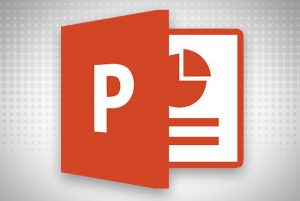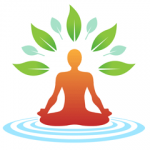Implementing a corporate wellness program can offer a range of benefits for both employees and employers. Here are some of the advantages associated with a good corporate wellness program.
Improved Employee Health
Wellness programs encourage employees to adopt healthier lifestyles. As a result, this can lead to reduced risks of chronic diseases, lower healthcare costs, and overall improved well-being.
Increased Productivity
Healthy employees are often more productive. However, regular physical activity, stress management, and healthy eating can contribute to higher energy levels and better focus at work.
Reduced Absenteeism
Employees who participate in corporate wellness programs may experience fewer health issues and, consequently, take fewer sick days. This can lead to a decrease in absenteeism and increased overall attendance.
Enhanced Employee Morale and Satisfaction
Offering wellness programs demonstrates an employer’s commitment to the well-being of its workforce. This can contribute to higher job satisfaction and a positive company culture.
Stress Reduction
Wellness programs often include stress management components, such as mindfulness and relaxation techniques. Reducing stress can lead to improved mental health and a more positive work environment.
Team Building
Participating in wellness activities, such as group fitness classes or wellness challenges, can foster camaraderie among employees and contribute to a positive team culture.
Attracting and Retaining Talent
A comprehensive wellness program can be an attractive perk for potential employees. Thus, it may also contribute to employee retention by creating a positive and supportive work environment.
Healthcare Cost Savings
By promoting preventive health measures and healthier lifestyles, employers may see long-term cost savings in terms of reduced healthcare expenses and insurance premiums.
Increased Employee Engagement
Employees who feel supported and valued by their employers are likely to be more engaged in their work. As a result, corporate wellness programs can be part of a holistic approach to employee engagement.
Positive Brand Image
Companies that prioritize employee well-being often enjoy a positive reputation among clients, customers, and the community. A positive brand image can contribute to the overall success of the business.
Employers need to tailor wellness programs to the specific needs and preferences of their workforce. Effective communication and regular evaluation of the program’s impact can help ensure its success and continued improvement.





